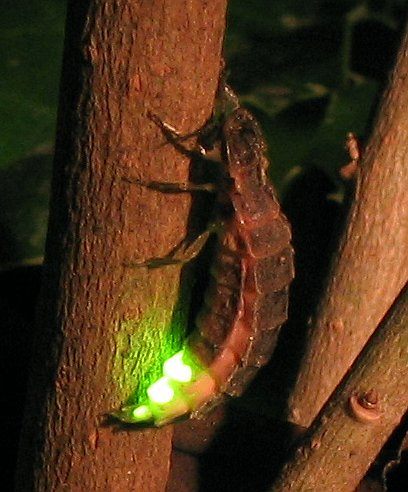Logged in with social media?
Click below to join the zones and ASK and VOTE for your favourite species…
Click below to join the zones and ASK and VOTE for your favourite species…
ASK about the species and sequencing.
CHAT in a 30 minute text chat with the species champion.
VOTE for a species to be sequenced for the first time ever!
The Wellcome Sanger Institute is one of the world’s leading genomics research centres. In celebration of its 25th Anniversary, the Institute is going to decode the DNA of 25 UK species for the first time…and you can vote to decide 5 of them!

The glow worm is threatened by many things including habitat destruction, pollution and distraction from artificial lights | Image: Wofl~commonswiki
From 6th November – 8th December, a team of scientists and wildlife experts will each champion a species they think should have its entire DNA sequence decoded.
This is the Floundering Zone, which has nine species competing for your votes. Due to factors like climate change and destruction of natural habitats, many UK species are becoming endangered. In this zone you’ll meet organisms whose populations are declining. By sequencing their genome we could work out why and potentially save them from disappearing forever.
There are nine species in the Floundering zone, including strapwort – a critically endangered plant only found in only one place in the UK and the barbastelle bat, which is becoming more endangered as humans destroy its forest habitat for our own needs.
Here you’ll also find the glow worm, whose population is declining because males are attracted to artificial lights which distract them from finding a female mate.